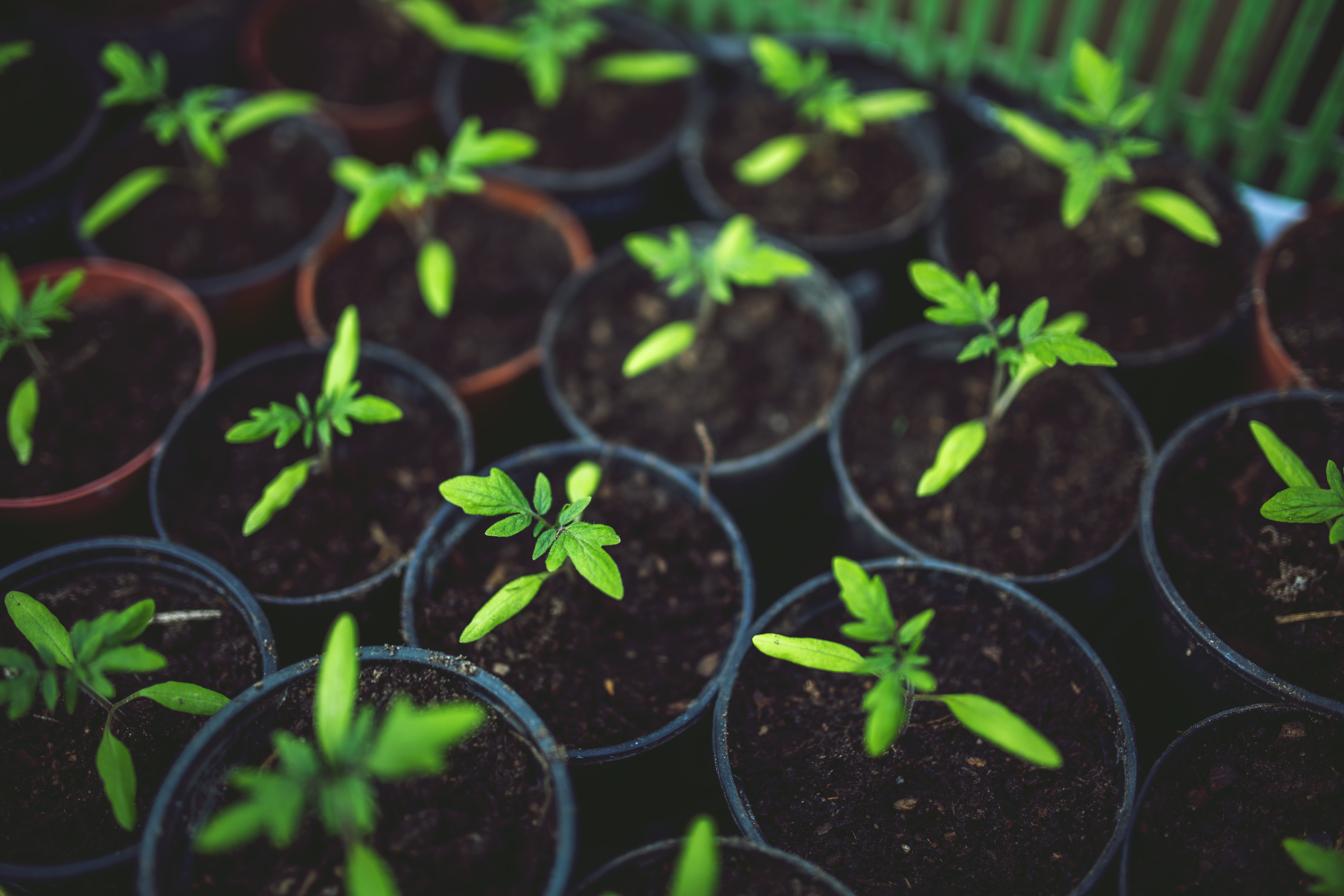Confession time: I am a seed catalog hoarder.
Especially during winter months, I can’t resist the beautiful books full of pages upon pages of the promise of spring! Right now, I have a pile of them on my nightstand, one or two on the dining room table and several more scattered throughout the house. Maybe another one came in the mail today!
I have already received one of my seed order shipments from a specialty tomato source and plan to see what new and exciting plant varieties arrive on the seed racks at our local garden centers.
On a recent rainy day, I took out my saved seed packs from last season to begin planning my spring garden and seed-starting schedule. (Most types of seeds remain viable for several years if stored properly.)
Starting plants from seed can be an economical way to grow a garden and is a very rewarding experience. There are several advantages to growing plants from seed, including access to a wide selection, stronger plants that have not had the shock of transplanting, and the ability to use seed that was collected and stored from previous years. Seeds can be passed from neighbor to neighbor or shipped from other regions.
In early spring, many gardeners have small seed trays lining their windowsills, kitchen counters or tabletops.
Indoor seed starting requires bright light, adequate moisture, high humidity and a watchful eye. Placing a clear, plastic dome cover over your seedlings will help hold in moisture and humidity for better germination.
Bottom heat from a seedling heat mat also can speed up the germination process — when the seeds cracks open and begin to grow — but is not necessary for success. Be sure to remove the plastic dome and heat mat as soon as seeds have germinated.
An outside chance
If indoor gardening is not for you, it is easy to grow from seed outdoors by sowing directly into the garden soil.
It is important to consider the soil temperature and how it may affect germination. A soil thermometer is a simple tool used to take the earth’s temperature. It can greatly improve your seeding and transplanting results by planting at the safe and proper soil temperature.
As soon as soil temps are in the 40s in my garden, I can sow pea seeds and plant potatoes. From there, I will continue to monitor the soil warmth and plant my crops as things heat up.
There are many crops that can be planted when the soil has reached at least 40 degrees: beets, broccoli, cabbage, carrots, cauliflower, celery, chard, endives, lettuce, onions, parsley, parsnips, peas, radishes and spinach to name a few.
Here are some tips to ensure your success:
- Bright light is essential; often even your sunniest windowsill is not bright enough. Provide full-spectrum fluorescent or LED supplemental lighting when possible
- It’s best to use a sterile seed starting mix or a soil-less media unless direct-sowing in the ground.
- Choose items with multiple harvest potential, such as leafy greens, lettuce, salad mixes, basil, cilantro or parsley.
- Remember to mark your seeds with labels and plant multiple seeds per pot, ideally 2-3.
- Planting depth and germination time depends on seed type. Check packet for info.
- Some seeds benefit from soaking in water overnight or for up to 24 hours before planting. This is particularly true for large, hard-shelled seeds such as peas.
- It is best to wait to transplant until the second or third set of “true” leaves grow. Thin the seedlings at transplanting time.
- Harden off the indoor seedlings for several days or up to a week before planting them outdoors. Slowly transition them outdoors by gradually exposing them to sun, wind and ranging temperatures
- Be sure to use a starter fertilizer when transplanting and be prepared for slugs, cut worms or other pests once seedlings are placed outside.
Nicole Forres is the education and events coordinator for Dennis’ 7 Dees Landscaping & Garden Centers, with locations in Cedar Hills, Lake Oswego, Bridgeport Village and Seaside. For more information, log on to www.dennis7dees.com.

